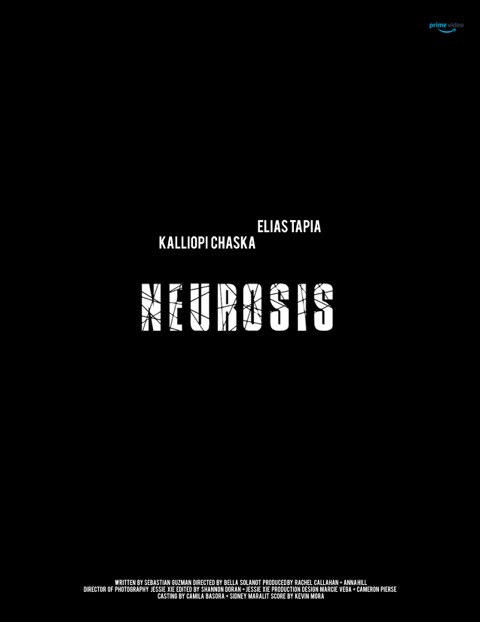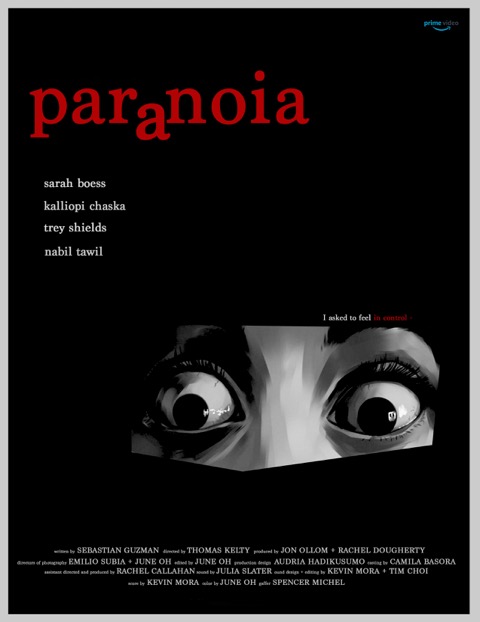
Yes, superhero films are immensely popular and ubiquitous these days. While the majority are CGI centered, there is always some sense of duplicity or at the very least some emotional conflict in regards to how to use these superpowers. In Neurosis, Kalliopi Chaska plays a person with a very specific power. This does not enable her to fight crime, or commit them for that matter, but it does create a dilemma for her and those whom she uses this ability on. Preferring a psychological rather than a pugilant tone, the popularity of Neurosis led to the sequel Paranoia and Kalliopi’s return as Dolores, the seemingly well intended vessel of this power. Through her evolution in these two films, we see the taxing outcome on Dolores and the desperate individuals who believe she can help them overcome their state of desperation. There’s a strong metaphor communicated by these films but you’ll have to watch them yourself to fully comprehend this; which shouldn’t be too difficult as Neurosis and Paranoia will both make their streaming premiere on Amazon Prime later this year.

The first of these two films, Neurosis introduces us to Dolores [Kalliopi] and the patients who come to her for treatment. Dolores is a young mentalist who opens an illegal business treating PTSD patients. The secret of her treatments is that they are only temporarily effective and offer no permanent respite. Bargaining in her own mind that she needs the money and some help to these individuals is better than no help, she reconsiders her treatment when a patient named Julio becomes addicted to her treatments. This internal conflict attracted Kalliopi to the character as she states, “Dolores was such a challenging character to create and perform. She possesses catastrophic powers and decides to use them for her own benefit despite the effects on others. She observes the decline of one of her clients and comes to the realization of what she is doing.” Director Bella Solanot was highly discerning in her search for an actress who could deliver a complex performance as Dolores; someone who could never fully heal her patients and whose gift often results in greater pain for others. Kalliopi Chaska so perfectly manifested this character that a spinoff film was demanded and filmed.

Paranoia is this year’s follow up to Neurosis in which we once again see Dolores treating patients. The plot centers on a woman named Leo who is a rape victim but who rebukes the victim label. Unbeknownst to Dolores at first, Leo only seeks treatment in order to regain a level of strength and confidence by which she can enact revenge on the man who perpetrated this violent act upon her. The story could not be more timely as it stars two female leads who are somewhat aligned and yet still at odds in their perspective on how to properly handle this scenario. While both women understand Leo’s motives, there is a twisted outcome for the film which leaves both traumatized without the ability to change the events. Chaska confirms that revisiting this role for Paranoia was a great joy for her. She notes, “I don’t want to give away any big reveals. I will say that it was exciting to revisit Dolores knowing that this was written with me in mind. It is a really dark place for Dolores to watch her creation destroy possibly innocent people without any power to stop it.
These two films present the possibilities of how even a subtle extraordinary power can cause ripples with those who it is used upon as well as those who wield it. As Dolores, Kalliopi Chaska serves as a proxy for the audience to ask “What would we do with such a power and how would it change us?”
Writer: Angela Cooper


Be the first to comment on "The Superpower Dilemma of Neurosis and Paranoia with Kalliopi Chaska"